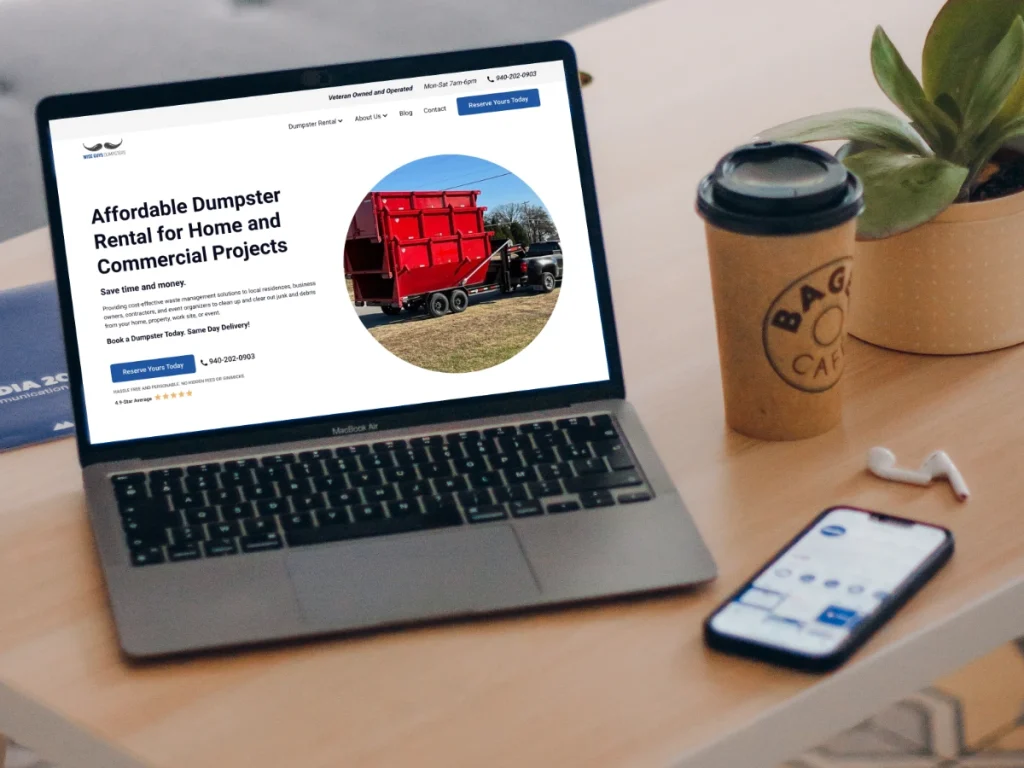Achieving design excellence in the realm of web development requires a harmonious blend of creativity, functionality, and adherence to best practices, with Webflow emerging as a powerful tool to facilitate this synergy. Webflow development best practices encompass a multifaceted approach, beginning with a thorough understanding of design principles. Leveraging the platform’s intuitive visual interface, designers can seamlessly translate their creative vision into responsive and visually stunning websites. The cornerstone of this process lies in the meticulous structuring of elements, ensuring a smooth and intuitive user experience across various devices. Responsive design, a hallmark of Webflow’s capabilities, enables websites to dynamically adapt to different screen sizes, from desktops to smartphones, fostering accessibility and user engagement.
In the pursuit of design excellence, performance optimization stands out as a critical consideration. Webflow’s efficient code generation and hosting infrastructure contribute to swift loading times, enhancing user satisfaction and search engine rankings. Integrating clean and semantic HTML, CSS, and JavaScript further elevates the site’s performance, ensuring compatibility with diverse browsers and enhancing accessibility for users with disabilities. Embracing progressive enhancement principles allows designers to create a baseline experience for all users while progressively adding advanced features for those with modern browsers or higher bandwidth. Webflow’s emphasis on collaborative workflows enhances efficiency and facilitates seamless communication among designers, developers, and stakeholders. The unlimited webflow platform’s content management system CMS empowers teams to create and manage dynamic content, enabling scalability without compromising design integrity. Version control features streamline collaboration by tracking changes and allowing for easy rollback, ensuring that the development process remains agile and iterative.
 This collaborative ecosystem extends beyond the design phase, encompassing ongoing maintenance and updates. In the context of e-commerce, Webflow development best practices extend to creating immersive and conversion-focused online experiences. Leveraging the platform’s e-commerce capabilities, designers can craft visually appealing product pages, implement secure payment gateways, and optimize the checkout process for maximum user convenience. The seamless integration of e-commerce functionality with the overall design ensures a cohesive brand experience that inspires trust and drives conversions. Accessibility is a cornerstone of responsible and user-centric design. Webflow development best practices underscore the importance of creating websites that are inclusive and comply with accessibility standards. Designers can leverage Webflow’s features, such as ARIA Accessible Rich Internet Applications attributes and keyboard navigation, to ensure that websites are usable by individuals with disabilities. Prioritizing accessibility not only aligns with ethical design principles but also broadens the reach and impact of
This collaborative ecosystem extends beyond the design phase, encompassing ongoing maintenance and updates. In the context of e-commerce, Webflow development best practices extend to creating immersive and conversion-focused online experiences. Leveraging the platform’s e-commerce capabilities, designers can craft visually appealing product pages, implement secure payment gateways, and optimize the checkout process for maximum user convenience. The seamless integration of e-commerce functionality with the overall design ensures a cohesive brand experience that inspires trust and drives conversions. Accessibility is a cornerstone of responsible and user-centric design. Webflow development best practices underscore the importance of creating websites that are inclusive and comply with accessibility standards. Designers can leverage Webflow’s features, such as ARIA Accessible Rich Internet Applications attributes and keyboard navigation, to ensure that websites are usable by individuals with disabilities. Prioritizing accessibility not only aligns with ethical design principles but also broadens the reach and impact of


